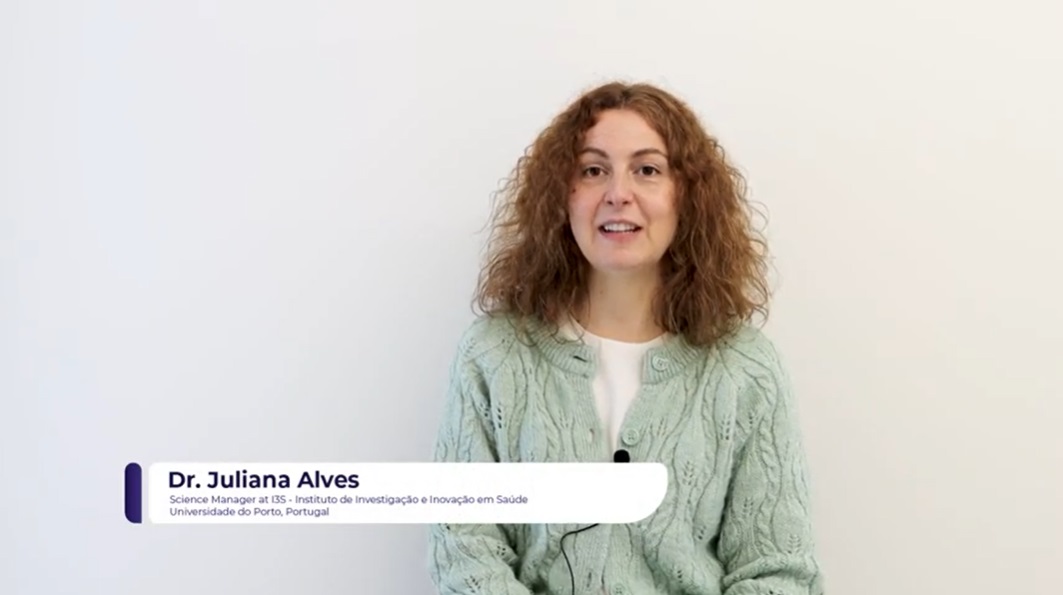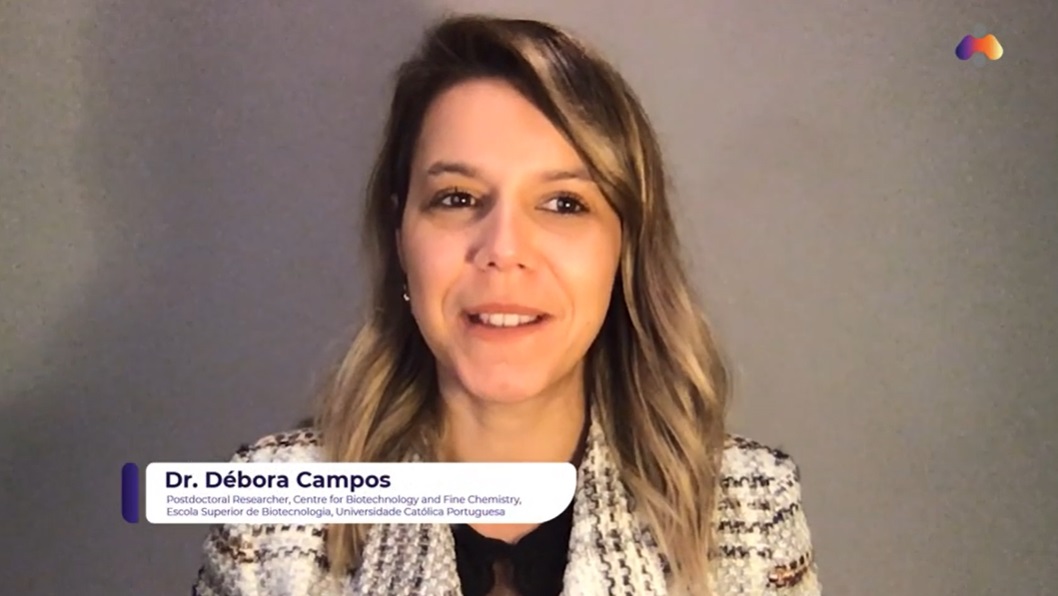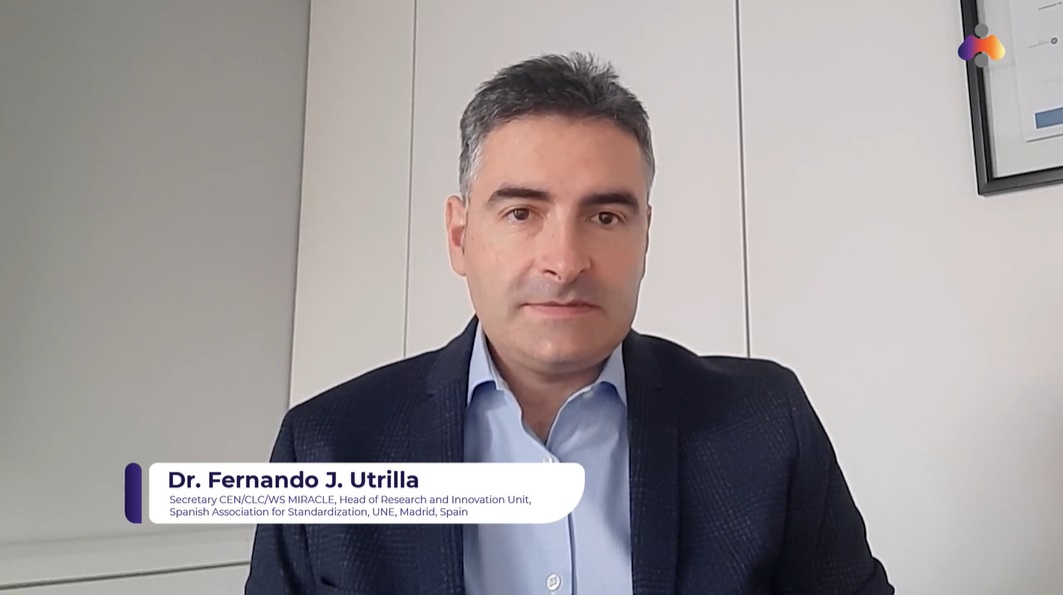Articles provide insights in how to acquire high-quality spectra during arthroscopy as well as how to improve discrimination models for better diagnostics of cartilage diseases and disorders.
The MIRACLE project has developed a photonic device based on quantum cascade lasers technology with infrared measurements at seven wave numbers. Carefully selected, those wave numbers are sufficient to serve diagnostic purpose via a discrimination model. However, a lack of broadband infrared spectral regions leads to significant information deficiency (so called “sparse spectral data”) and raises two important questions: 1) Given only seven wave numbers, how to assess whether analyte signal is of good quality, and 2) Does spectra contain some distortions and unwanted interferences that need to be corrected? Answering those question will provide insights in how to acquire high-quality spectra during arthroscopy as well as how to improve discrimination models for better diagnostics of cartilage diseases and disorders.
The BioSpec group at the Norwegian University of Life Sciences (NMBU), together with other partners from the MIRACLE Project, has studied those questions, resulting with two research articles. One article has already been published in the journal Molecules [1], while the second article is being finalized for the peer review submission in the same journal [2]. In addition, the results will be presented at the 12th International Conference on Clinical Spectroscopy (Spec 2022) in Dublin.
The first paper studied how to remove unwanted effects, such as noise, instrumental and scattering effects, in sparse data, leaving only relevant chemical information [1]. There, the authors have evaluated an effect of various pre-processing techniques for sparse spectral dat. It turned out that for the evaluated data, the simplest correction by baseline offset at 1800 cm-1 and peak normalization at the water band at 850 cm‑1 worked the best. The method that tried to correct linear effect ended up removing valuable information resulting into inferior prediction accuracy. The study shows that when an optimal pre-processing of the spectra is selected, the discrimination model using sparse data does not perform considerably worse compared to models where the broadband spectral data were used. Therefore, the use of seven wave numbers works almost as good as when the diagnostics is based on the whole broadband spectrum.
The second paper answered the question how to distinguish spectra that contain both high- and low-analyte signal [2]. Authors have found out that a low-analyte signal spectrum can be easily identified by comparing it with a reference spectrum of medium surrounding a cartilage. The spectrum in question should be scaled to the reference spectrum by the multiplicative signal correctio method, and then root mean squared error should be calculated as a distance measure. The study shows that using this approach it is possible to find an optimal distance threshold to separate spectra with high- and low-analyte signal not only for sparse data, but also for a broadband one. Understanding whether the cartilage signal is of sufficient quality will help surgeons to perform optimal data acquisition on cartilage during arthroscopy.
- Tafintseva, V., et al., Preprocessing Strategies for Sparse Infrared Spectroscopy: A Case Study on Cartilage Diagnostics. Molecules, 2022. 27(3): p. 873. https://www.mdpi.com/1420-3049/27/3/873
- Rehman, HU., et al., Preclassification of broadband and sparse infrared data by multiplicative signal correction approach. Molecules, 2022 (To be submitted)


